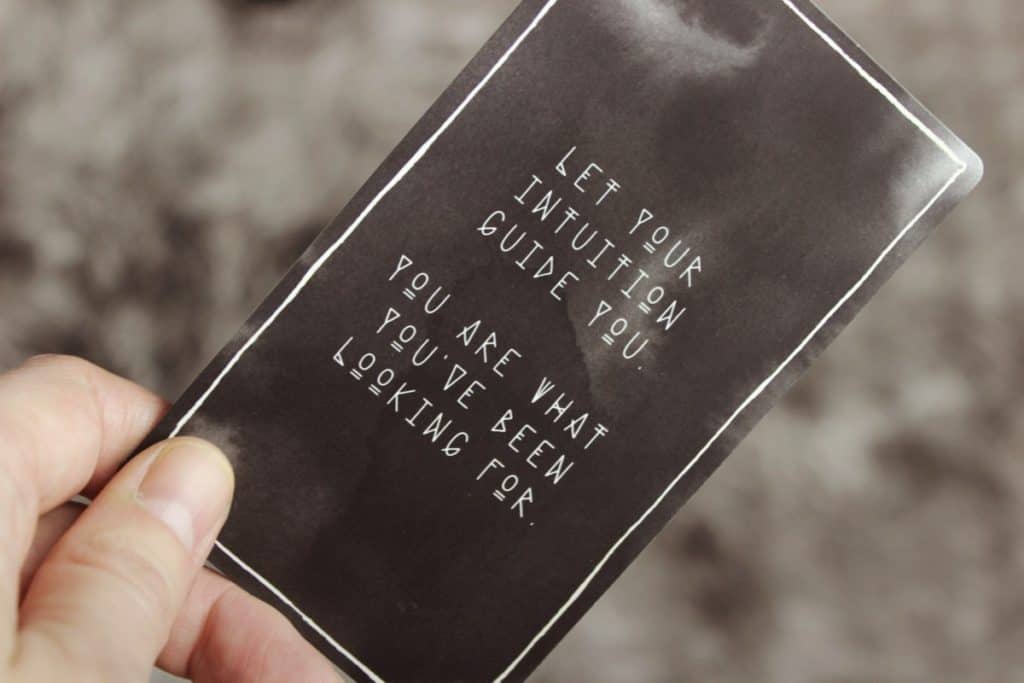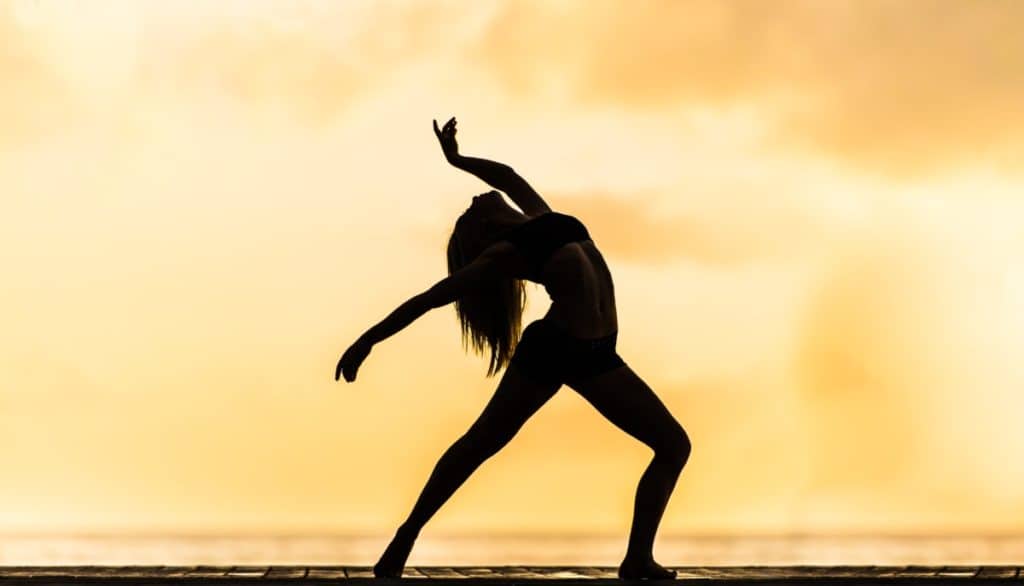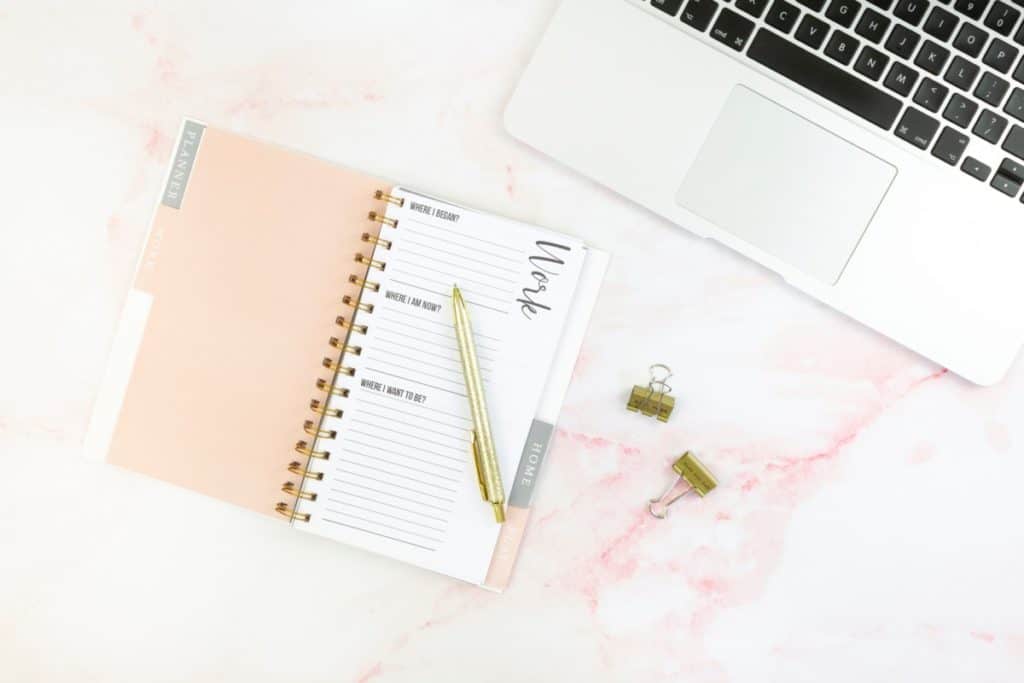The idea of exercising is pitched as an effective way to become slim or stay slim. That was until we discovered a better way to achieve this aim through intuitive movement and exercising. Intuitive movement is a fun way to enjoy fitness without dread, anxiety, and unhealthy body goals.
As the name implies, intuitive movement means to exercise based on your intuition. Hence, it should be something that feels natural and joyful. Therefore, you should start by figuring out what feels best for your body and gives you much joy, instead of punishment. The most effective way to start intuitive movement is to select an exercise or a form of routine that you like. Do a mental body-scan so that you can tune in with your emotional and physical state. This task helps you to understand how and what your body is feeling in the present. This way, you can opt for a routine that matches how your body feels that day. If you cannot answer the questions of what is best for your body and what exercise gives you joy, then it is time to roll out the trial and error gun. You can start intuitive movement by exploring different movements through trial and error. However, you must pay attention to the movement that you make. You must enjoy the process without feeling a disconnect between your body and mind.
Although intuitive movement is supposed to aid your physical health, it should also provide intrinsic and internal benefits. For a start, avoid complex and rigid structures and keep your exercise flexible. This way, you will be more understanding with yourself and keep things flexible without burning out.
Further explanation
Intuitive movement and exercise are a fast-growing exercise approach that eliminates the stressful part of daily movement and activity. It does not make your workout routine less of a workout. Instead, it eliminates aggressive movements and feelings, and replaces them with simple and less gruesome ones. For example, it takes the idea of “no pain, no gain” and substitutes it with something like “have fun and gain happiness.” Why? Because you are doing something you enjoy doing even though it is a form of exercise. It is the practice of listening and connecting to your body to understand the fitness it needs.
Intuitive movement encourage people to restore trust in their body by turning to their intrinsic values. Hence, it attempts to restore the confidence that diet and aggressive exercise cultures might have eroded. A lot of people have bad feelings and emotions connected to the exercise- and gym-world. The idea of intuitive movement advocates the need to regain trust, and reframe exercise to nourish the mind and the body instead of punishing them. As a result, it is more like honouring your appetite to exercise to reconnect every fibre in your body for optimal health. Interestingly, you can perform most of the exercise you love without hitting the gym or lifting muscle-crushing items.

10 steps to start Intuitive Movement and Exercising
1. It is your body; Accept it
Exercise is often pitched as a mechanism for staying fit or changing the way your body looks. As a result, many people miss the benefits and joy that comes with exercising. The people don’t know that you don’t need a set of rules or guidance to move your body. Insecurities about the way you look often guide the need for exercising as a means for profit. Hence, after starting the routines under the guise of body- and health-pressure, we soon find out that we can’t stick to the program and end up blaming ourselves over and over again. Additionally, as we fail, we vow to do things differently every time without anything really changing.
Let me put this to you as simple as possible; your motivation for movements and exercising should not be externally motivated. That is, you should not begin a routine because you want to achieve a physical body idea that society decides for you. Do this, and you will remain in an ever-recurring loop of insecurities, stress and with no desire to continue.
Body movement should not be a drag. Instead, it should stem from a desire to move with no strings attached. As a result, you will always carry out the routines since they bring comfort, joy, and satisfaction. Hence, when the body makes you feel that you should exercise more, it needs to be based on a true desire of feeling good during and after the actual exercise. Don’t just adopt any routine because you want to; instead, ask yourself “why” you’re doing it. Make sure the reason is not linked to body discipline, but rather joy and intrinsic satisfaction. Let no one dictate the routine for you; it is, after all, your body.

2. Be curious
Exploration is the soul of intuitive movement and exercise. I used to have a couple of gym sessions a week that I attended, to add some muscles. Not very surprisingly, the routine has always been the same. Equipment after equipment, the time counts have always been the same, and the requirement list has never changed.
When I swapped it for intuitive movement, I escaped from the mentality of what I should be doing. For example, I had never tried out yoga before. Instead of saying, “I should do yoga”, it was something like, “it will be fun to try yoga”. By taking the experimental approach to intuitive movement, I have been able to identify certain routines that appealed to my curious part with compassion and honesty towards my body.
The key is to stay curious and inquisitive through the practice. Don’t be afraid to ask yourself to try something new, and ask your body how it feels. The ultimate decider of what feels right or wrong is you. Hence, you shouldn’t be shy to approach the intuitive lifestyle without judgment.
Another way to put this is to tell you to make peace with exercise. Instead of looking for the “best” exercise routine that helps you sweat or burn more fat, you should see all as equal. By implication, your choices should be based on the way you want and feel during the movement and afterwards. This way, you won’t view exercise as a dread, but rather look forward to it since it allows you to explore and do something that brings you peace and health.

3. Let your values and interests be your gentle guidance
One of the sweetest things about intuitive movement is that we never do the same exercising. A value assessment test is an effective way to sort through your desire to move without the need to follow others regime or visit a gym and workout class.
A value assessment test is a convenient way for you to find out what you love doing and blend it with your routines. For example, you can create a list of about 10 values and interests, and single out those that you like the most. Say, I list adventure, exploration, love, mastery, peace, silence, etc. Then, I decide to follow the adventure, mastery and peace values because those are the ones that resonates with me the most. Now I can create an intuitive workout routine around those values.
Hence, instead of working out in the gym, I can take strolls in the woods or hike up the mountains. While at it, I can take my yoga-mat along and perform a yoga session. I don’t need to have a long list of movements to do. Why? Because I am where I love to be, doing what I love to do. Hence, the form of movement will come naturally to me.
A value assessment will allow you to align your values and movement practices intentionally. It will also help you to steer clear of situations that do not line with your values. After making a value assessment list, you can then brainstorm forms of movements that you can do at the suitable environment. This will help you to focus more on intrinsic motivation.

4. Prioritise those values
I know I said intuitive movement does not involve creating a rigid exercise structure. However, it does take a level of commitment to create positive feelings around it. Unlike disciplined gym sessions that might only be linked to physical health for some, intuitive movements revolve around your values and the mental aspect of it. As a result, it cuts across the different parts of your life that are value-driven. Therefore, it is important to prioritise and schedule a little bit.
For example, it is easy for business, family, school, etc. to be prioritised above your exercise. Hence, you must be able to prioritise them both to prevent conflicting schedules or compensations of your health. You can intentionally set apart some time of the day or week for your movements. This process will help you get clarity on how to spend your time. It is an effective way to make the activities meaningful. This way, you’re able to get some sort of visual feeling of that you actually prioritise your values, health and happiness. However, you also need to be equally committed to not push beyond the cues of your body if you wake up one day and simply don’t feel like doing anything. That is okay too.
5. Say no to tech and extras
This step is a little scary for many; nonetheless, it is important. The cornerstone of intuitive movement is to improve your inner attunement. By learning and listening to your needs, you won’t judge the body by setting boundaries and constraints. Hence, you can decide to take an spontaneous day off without feeling judged or guilty.
Another way to put it is to embrace modifications and cut down on external feedback sources. For example, you will have to say no to fitness trackers, scales, smart watches, stopwatches, or other tech items that cause count repetitions, unless for medical reasons. This is because the items cause unusual pressure to meet a guideline and a goal. This can pressure unnecessary competition with others or yourself, which in turn can make you doubtful of whether your movement are sufficient enough of not.
Instead, try to use your rate of perceived exertion to measure each exercise. For example, after running for a little while, and you feel you’re almost out of breath, ask yourself how it feels on a scale of 1-10. Since there is no right or wrong answer, you can scale the exercise up if it feels right or stop it if you are satisfied. You get to determine the difficulty and will not rely on a machine to do it for you.

6. Stay flexible and don’t feel guilty
By being flexible I mean allowing your plans to both make time for exercise, but also allow it to skip on certain days as you will. For example, instead of always doing a routine in your room, you can decide to do so in the garden, or simply choose not to do it at all. On days that you have too much on your hands, it is okay to honor your needs and be flexible.
You can extend the courtesy to your plans and movements. Instead of going for a long run, you can go for a short one. You can also watch TV with your favourite snack instead of moving without feeling guilty or lazy. For the best result, I recommend that you schedule your movements and plans to make them helpful. You can then use the schedule to guide your intuition for flexibility and movement. If you fall short, remember that it is not the end of the world. Your movement practices will be there when you are ready for it.
7. Keep modifying
Another thing that helps to remain flexible and motivated is modification. Be free to modify exercises to match your physical and mental ability. Don’t see it as taking the easy way out. It is just you listening to your body needs and strengthening it with your conviction. Choose a movement and modify it if you feel you should. Remember that you are always in charge; hence, you can always have a change of heart.
8. Know when enough is really enough
Conventional exercise tells you that it is never enough to do much; You need to push your body to the limit. Thankfully, intuitive movement are not like today’s fitness culture. Understand that you are doing enough when you sharpen your intuitions. Hence, you need to avoid all the “should” and define what “enough” means to you.
For example, some days you’ll have too much laundry to do and the work just keep piling up. Let the daily routine of the day be enough. Your intuitive movement routine for the day, is not worth the excess stress. Then the health benefits will simply vanish. Understand that you are enough and that you are doing enough.
Health is equally about movement and self-care, hence both movement and rest is important when your body tells you so. When you’ve had several days with rest, and you start to feel more tired or sluggish, you might need to check if there’s something else in your life that you need rest from. Or, your body might simply tell you that now is the time to start moving again.

9. Try mini-movement sessions
As the name implies, intuitive movements mean moving on intuition. Hence, you can move your body when you feel like doing so without any form of formal exercise. For example, you can throw on a song, have a mini dance party, or play an active game with friends or kids. You can try running down the stairs or clean your house for an hour.
Instead of waiting for planned and longer movement sessions, you can add up minutes of activities and bursts of movements. It doesn’t have to look very much on paper, because your daily activities throughout the day helps too. Plus, you can rely on these less compulsive exercises to nurture longer exercise routines in the future. Intuitive movements will require some sort of change if you’re not use to working out at all, therefore, these mini sessions will help you on your way.
10. Enjoy and prioritise pleasure
Intuitive movement is not about doing something challenging for a certain period. It is not about the count, but on how much joy and pleasure you drive from the activity. It is also not about getting rid of your goals but about experimenting, adding structures, routines, and exercise goals. As I’ve kind of implemented throughout the whole article; Whatever type of movement you adopt, it should contain a does or fun and pleasure. This way, it creates a positive feedback that lets you form new mental pathways. Saying no to fitness programs, body appearance goals and trackers will work miracles for your health.
Make a list of activities that you enjoy doing. It does not have to be a conventional workout; hence, you can think outside the box. It’s also nothing wrong about wanting to achieve 10 pushups by the “end of the year”. However, as long as your main goal is about improving your mental and physical health and happiness, that is the most important aspect. Above all, relish every moment without negative feelings, and experience how peaceful it really is to move your body.
